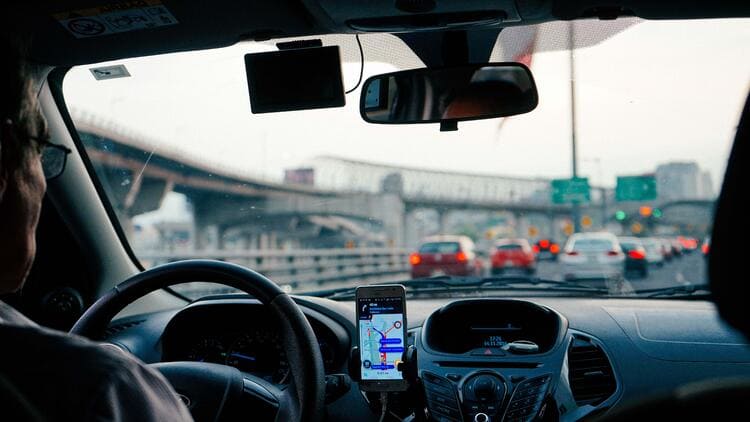
The Scottish Road Safety Framework has been recently presented, with the ambituous goal of no-one killed or injured on the road by 2050. The document has especially focussed on the reduction of the number of accidents involving those who drive for work.
According to official data shared by Health and Safety Executive (HSE), in 2018-19 driving accounted for 18 of the 29 work-related deaths in Scotland, making driving the most dangerous work activity. This is posing a risk to all road users, especially because of the increase of LGVs on the roads and the growth of the grey fleet (according to Transport Scotland, 1.1 million private vehicles are used for business in Scotland).
Different official organisations, such as HSE, the Royal Society for the Prevention of Accidents (RoSPA), and the Transport Research Laboratory (TRL), have consistently indicated between one quarter and one third of all collisions in the UK involve someone driving for work.
In Scotland in 2019, there were 7,671 reported road casualties, of which 1,171 occurred where the journey was work-related. These resulted in 10 pedestrian deaths, five in a car/taxi, three in a bus/coach, two in an HGV and one in an LGV, while 448 of those injured were travelling in a car/taxi, 276 were pedestrians 178 were in an Bus/coach and 142 in an LGV.
Driving for work continues to be a worrying issue and trends such as distracted driving might be even adding up risks for professional drivers. But how can we prevent distracted driving? Businesses need to target accident reduction through safe driving training and the use of collision management systems that could really make a difference in reaching the ambitious zero deaths target. If you wish to learn more about Transpoco's groundbreaking collision management solution powered by AI cameras, contact us.

Photo by Dan Gold on Unsplash




